Plans are taking off to use an unconventional technique to accelerate particles in a future collider.
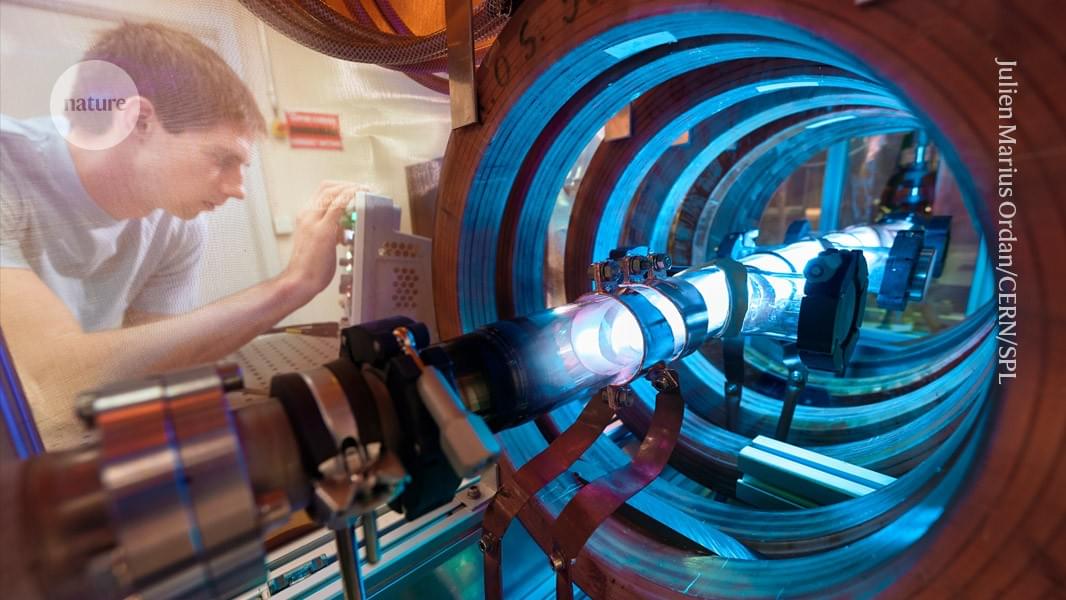


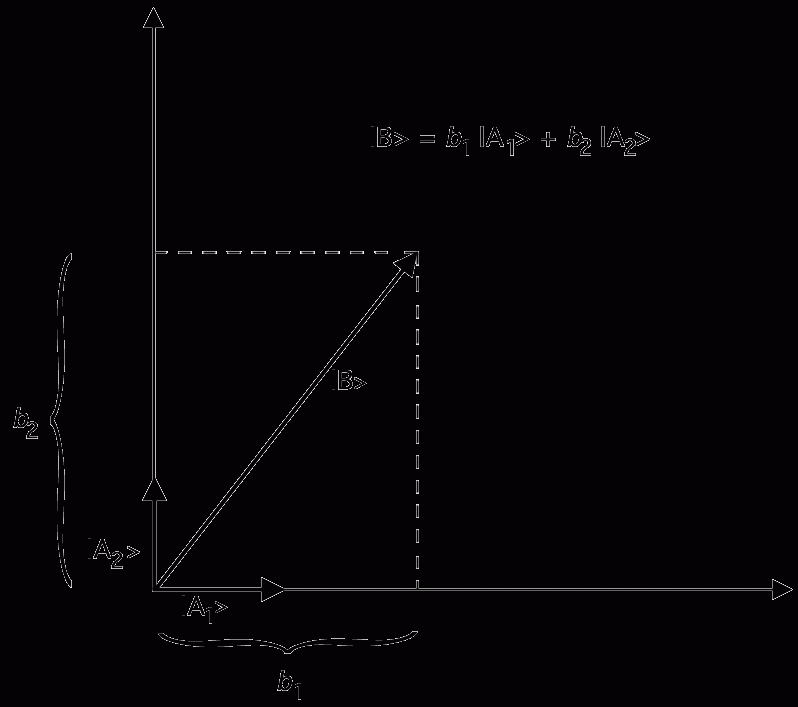
Quantum mechanics is, at least at first glance and at least in part, a mathematical machine for predicting the behaviors of microscopic particles — or, at least, of the measuring instruments we use to explore those behaviors — and in that capacity, it is spectacularly successful: in terms of power and precision, head and shoulders above any theory we have ever had. Mathematically, the theory is well understood; we know what its parts are, how they are put together, and why, in the mechanical sense (i.e., in a sense that can be answered by describing the internal grinding of gear against gear), the whole thing performs the way it does, how the information that gets fed in at one end is converted into what comes out the other. The question of what kind of a world it describes, however, is controversial; there is very little agreement, among physicists and among philosophers, about what the world is like according to quantum mechanics. Minimally interpreted, the theory describes a set of facts about the way the microscopic world impinges on the macroscopic one, how it affects our measuring instruments, described in everyday language or the language of classical mechanics. Disagreement centers on the question of what a microscopic world, which affects our apparatuses in the prescribed manner, is, or even could be, like intrinsically; or how those apparatuses could themselves be built out of microscopic parts of the sort the theory describes.[1]
That is what an interpretation of the theory would provide: a proper account of what the world is like according to quantum mechanics, intrinsically and from the bottom up. The problems with giving an interpretation (not just a comforting, homey sort of interpretation, i.e., not just an interpretation according to which the world isn’t too different from the familiar world of common sense, but any interpretation at all) are dealt with in other sections of this encyclopedia. Here, we are concerned only with the mathematical heart of the theory, the theory in its capacity as a mathematical machine, and — whatever is true of the rest of it — this part of the theory makes exquisitely good sense.
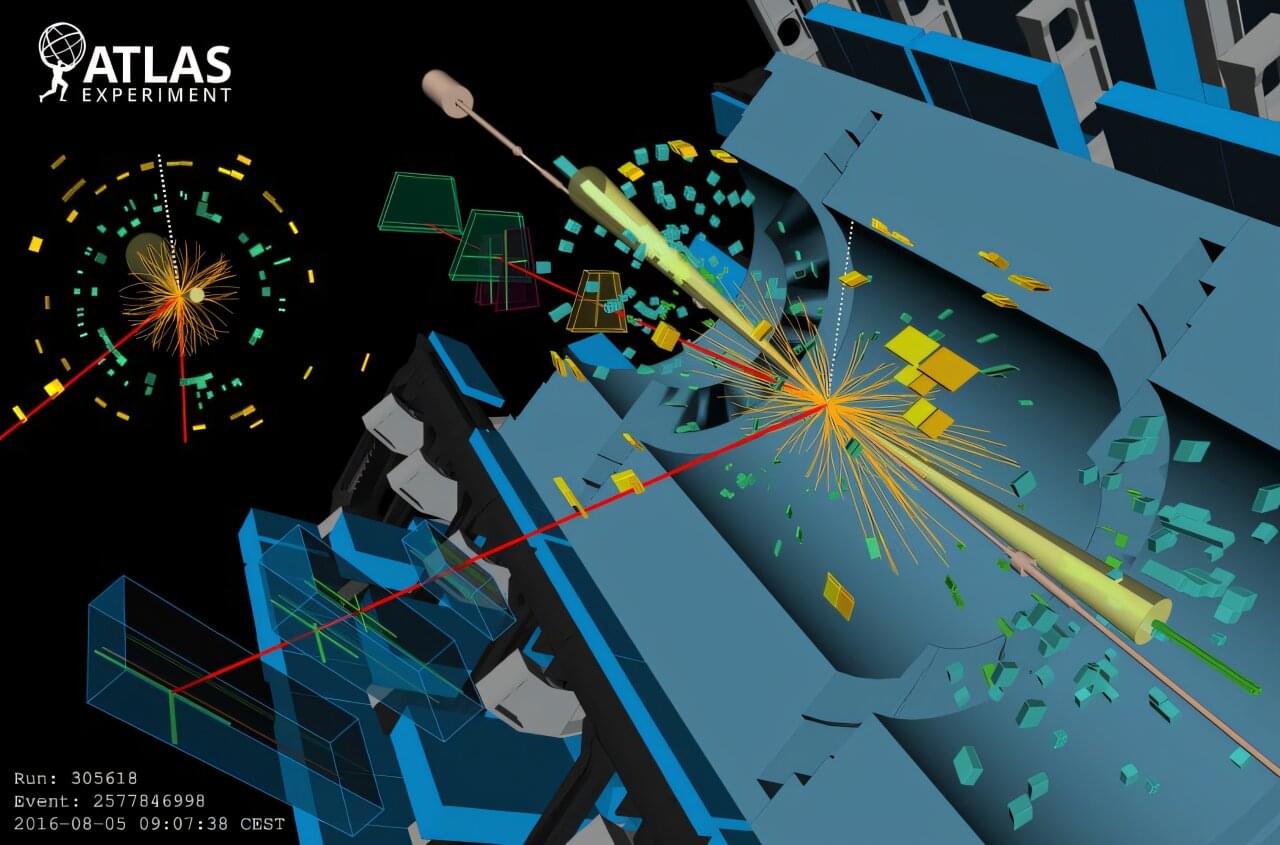
The detection of longitudinally polarized W boson production at the Large Hadron Collider is an important step towards understanding how the primordial electroweak symmetry broke, giving rise to the masses of elementary particles.
In 2012, the discovery of the Higgs boson by the ATLAS and CMS collaborations at CERN opened a new window on the innermost workings of the universe. It revealed the existence of a mysterious, ancient field with which elementary particles interact to acquire their all-important masses.
This process is governed by a delicate mechanism called electroweak symmetry breaking, which was first proposed in 1964 but remains among the least understood phenomena of the Standard Model of particle physics. To probe this critical mechanism in the evolution of the universe, physicists require a very large dataset of high-energy particle collisions.

Neutrinos are among the most enigmatic particles in the universe. They are omnipresent yet interact extremely rarely with matter.
In cosmology, they influence the formation of large-scale galaxy structures, while in particle physics, their minuscule mass serves as an indicator of previously unknown physical processes. Precisely measuring the neutrino mass is therefore essential for a complete understanding of the fundamental laws of nature.
This is precisely where the KATRIN experiment with its international partners comes into play. KATRIN utilizes the beta decay of tritium, an unstable hydrogen isotope, to assess the mass of neutrinos. The energy distribution of the electrons resulting from the decay enables a direct kinematic determination of the neutrino mass.
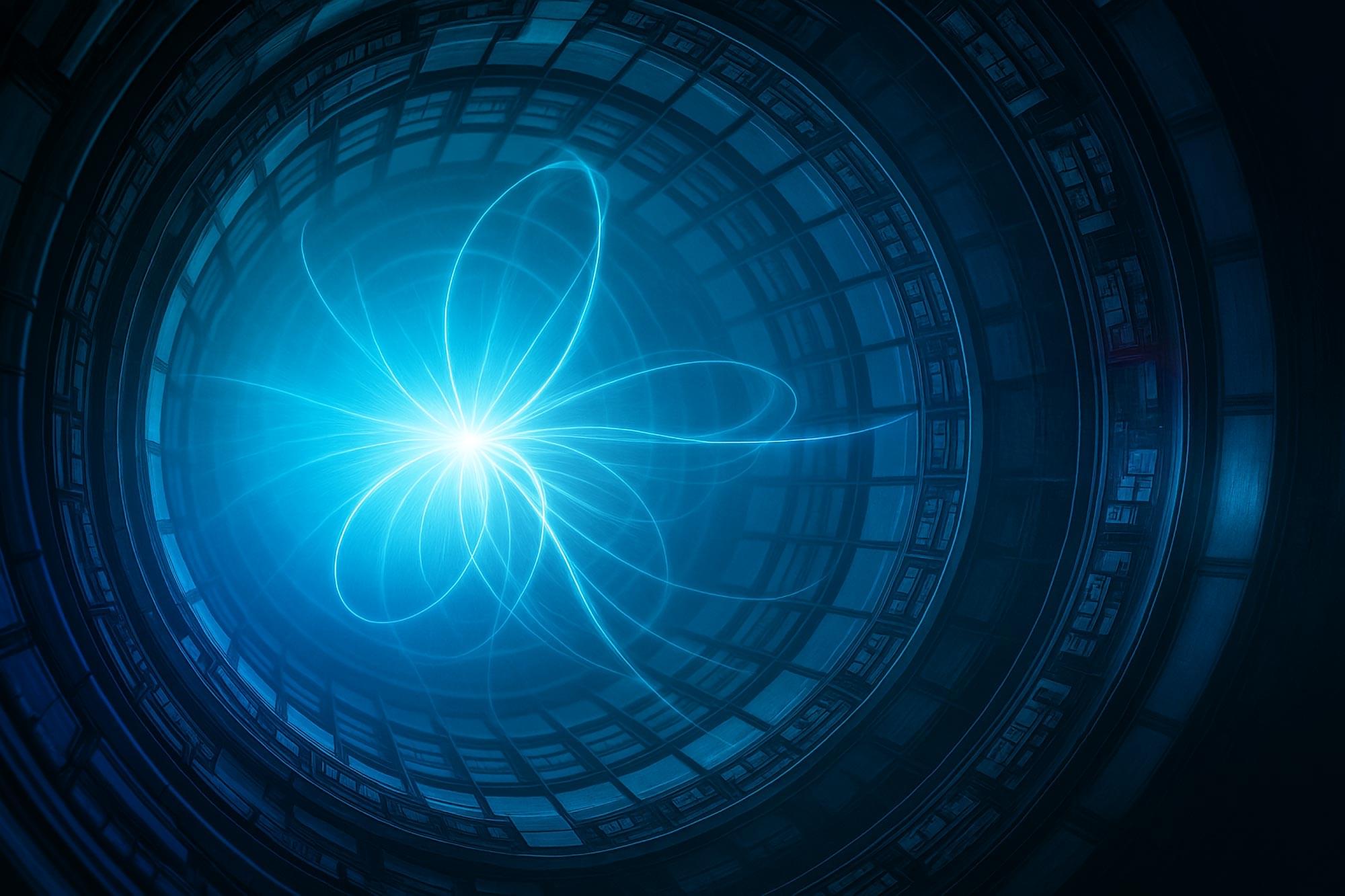

Neutrinos, the mysterious and nearly massless particles that barely interact with anything, are revealing new secrets through the KATRIN experiment.
Using tritium decay and advanced spectrometry, KATRIN has slashed the upper limit on neutrino mass, pushing our understanding of fundamental physics into new territory. With 250 days of data already analyzed and more to come, researchers are optimistic about uncovering even more surprises. Future upgrades aim to detect hypothetical sterile neutrinos, potential dark matter candidates, and possibly revolutionize our view of the universe’s invisible side.
Neutrinos: The Universe’s Ghost Particles.
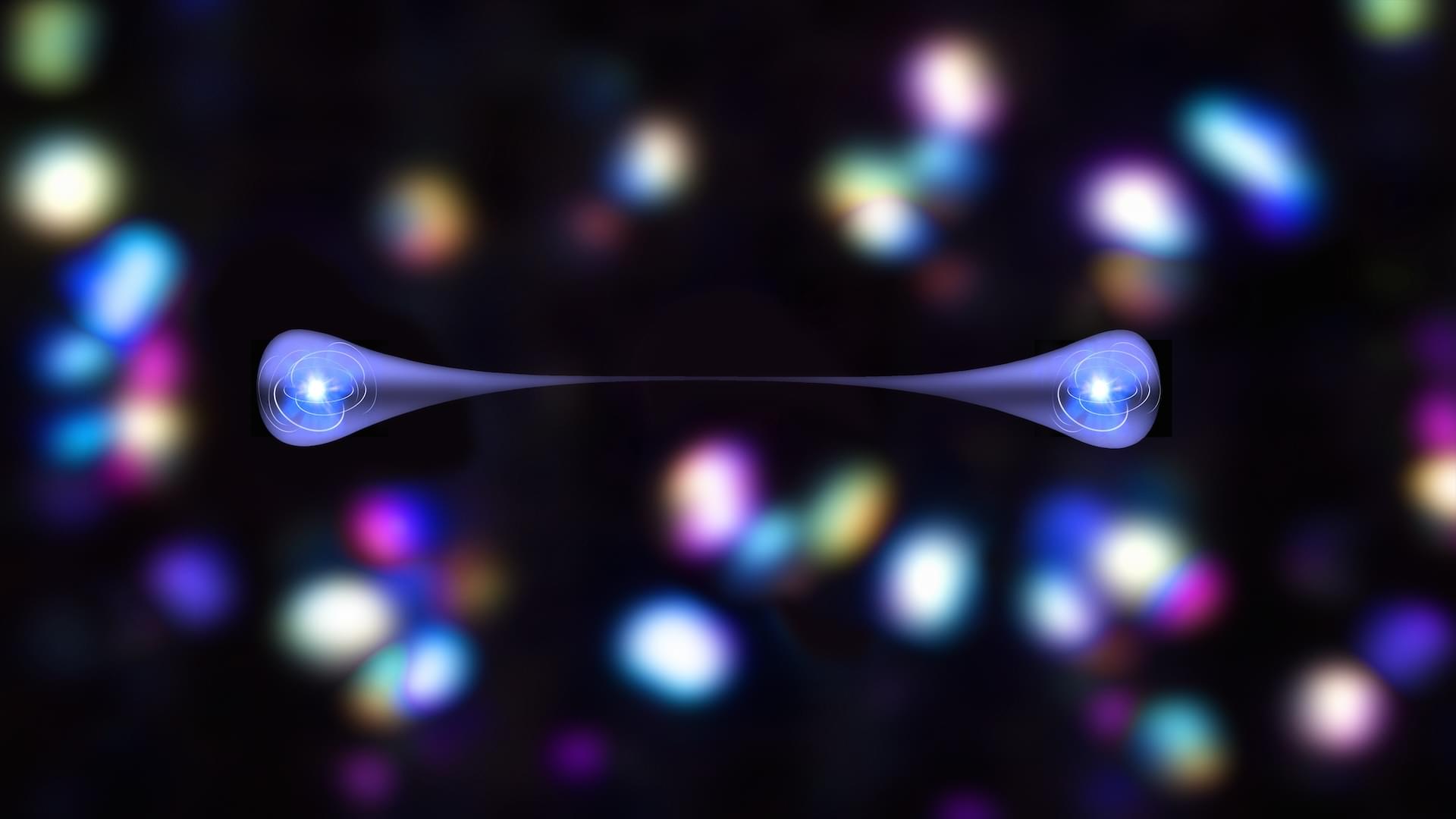

Physicists in Germany have performed the most accurate measurement of the mass of the fundamental particle neutrinos. The finding deepens physicists’ attempts to uncover laws of nature beyond even the best current theories.
The standard model of particle physics – the best theory which explains the fundamental forces and particles of nature – posits that neutrinos are massless. Experiments, however, suggest that they do have mass.
Measuring the neutrino mass could explain the limitations of the standard model and offer insights into new areas of physics and beyond.

A team of Rice University researchers reported the first direct observation of a surprising quantum phenomenon predicted over half a century ago, opening pathways for revolutionary applications in quantum computing, communication, and sensing.
Known as a superradiant phase transition (SRPT), the phenomenon occurs when two groups of quantum particles begin to fluctuate in a coordinated, collective way without any external trigger, forming a new state of matter.
The discovery was made in a crystal composed of erbium, iron, and oxygen that was cooled to minus 457 Fahrenheit and exposed to a powerful magnetic field of up to 7 tesla (over 100,000 times stronger than Earth’s magnetic field), according to a study published in Science Advances.